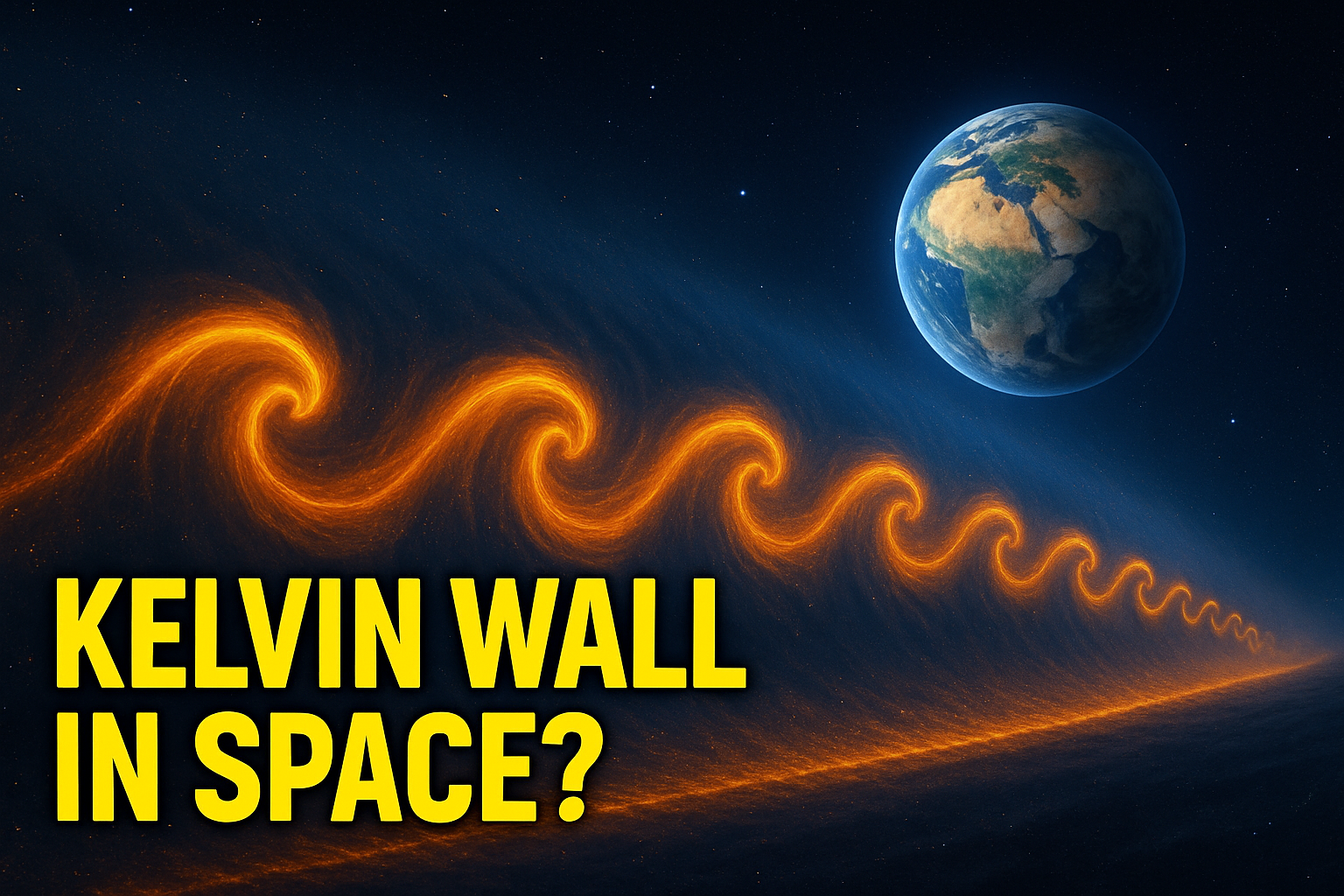By a cosmic twist of fate—and the persistence of a 48-year-old machine—NASA’s Voyager 1 has just stumbled upon one of the universe’s most astonishing phenomena: a literal furnace at the edge of our solar system.
Still Going: Voyager’s Journey to the Edge
Voyager 1, launched in 1977, is now over 24 billion kilometers from Earth, having long since passed Pluto and crossed into interstellar space. For decades, it has quietly sailed through the void, sending back whispers from the fringes of the solar system. But now, even in its old age, it’s made one of its most shocking discoveries yet.
A wall of fire.
Or rather, a thin shell of superheated plasma blazing at 30,000 to 50,000 Kelvin—a temperature more intense than most stars. This discovery was made at the heliopause—the boundary where the Sun’s protective bubble of solar wind collides with interstellar space.
What is This “Wall of Fire”?
Let’s get one thing straight: there’s no literal flame. There’s no oxygen to support combustion, and the region is so sparse that you’d find more molecules in a vacuum chamber on Earth. But what Voyager 1 encountered is no less dramatic.
It’s a cosmic blast furnace—created as the solar wind, a stream of charged particles from the Sun, crashes into the interstellar medium. The resulting shock compresses particles and twists magnetic fields into chaotic knots, producing extreme heat in a narrow zone, just one astronomical unit (the distance from Earth to the Sun) thick.
Imagine: a boundary where our star’s influence ends—and the galaxy begins—shimmering with heat and energy.
A Magnetic Mystery
This wasn’t just a temperature spike.
Voyager 1, whose original plasma sensor died years ago, used backup instruments to detect sudden changes in cosmic rays and magnetic fields. Soon after, Voyager 2—taking a different route—recorded the same phenomenon. That confirmed it: something extraordinary had happened.
But the real twist? The magnetic field outside the heliosphere runs parallel to the field inside it. That’s not what models predicted. This discovery suggests our solar system’s magnetic bubble may be far more connected to the galaxy’s magnetic currents than previously imagined.
This could fundamentally change how we understand cosmic radiation shielding, the solar system’s architecture, and how we might one day protect human explorers heading for Mars or beyond.
Why It Matters for Earth and Space Travel
This isn’t just a cool science headline. It has real-world implications.
- Space Weather Prediction: By understanding how solar wind interacts with interstellar space, we improve forecasts for solar storms that can damage satellites and power grids on Earth.
- Astronaut Safety: As we plan missions to Mars and deep space, understanding cosmic radiation exposure becomes essential. Voyager’s data helps model these extreme environments.
- New Missions Inspired: NASA’s upcoming Interstellar Mapping and Acceleration Probe (IMAP), launching in 2026, aims to explore this region more closely. Even further, a proposed Interstellar Probe mission will go 400 AU into space, possibly crossing deeper into the galactic tide.
The Slowest But Hottest Postcard in the Universe
How is this ancient spacecraft still working?
With a dwindling plutonium battery and a data rate of just 160 bits per second, Voyager 1 whispers its findings across a 22-hour gap each way. Engineers at NASA juggle power between its instruments like a life-support system. And yet—nearly half a century later—it keeps sending gold.
As Voyager flight director Suzanne Dodd put it:
“She’s been driving for five decades and just found the hottest rest stop in the universe.”
Final Words from the Edge
The twin Voyager missions were never supposed to last this long. But here they are—still alive, still exploring, still challenging our understanding of space.
Their latest message—a snapshot of a burning threshold at the edge of the solar system—reminds us how much of the cosmos remains unexplored, unexpected, and mysterious.
One day, Voyager 1 will fall silent. But its journey—and its discoveries—will echo in every mission that follows.
🪐 “Somewhere, something incredible is waiting to be known.”
—Carl Sagan

